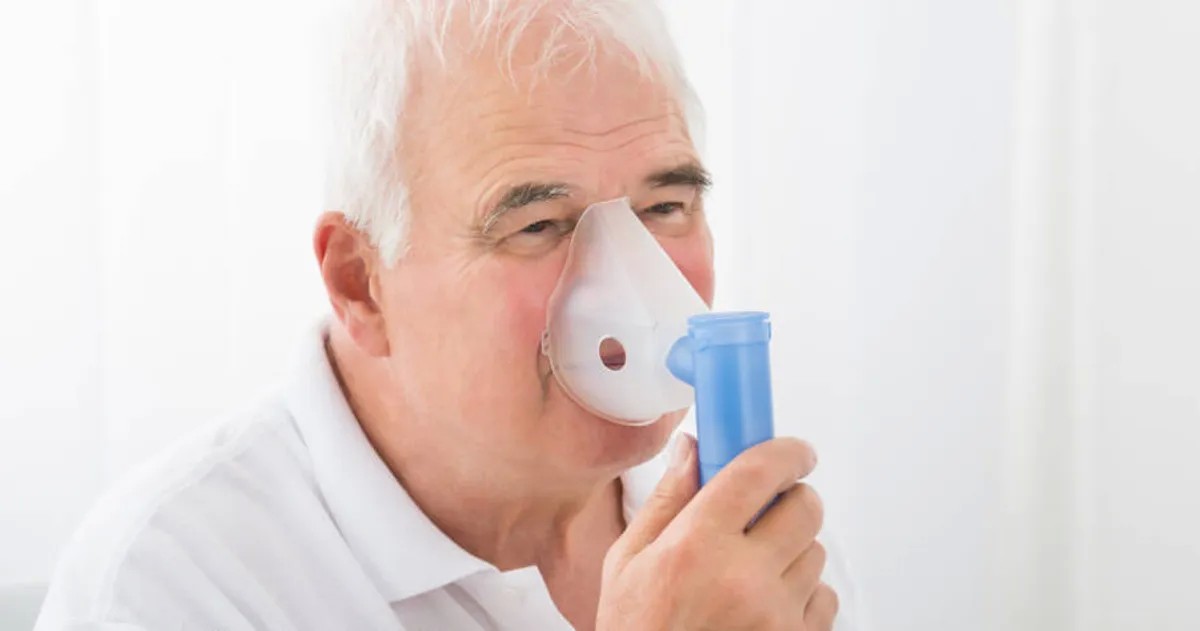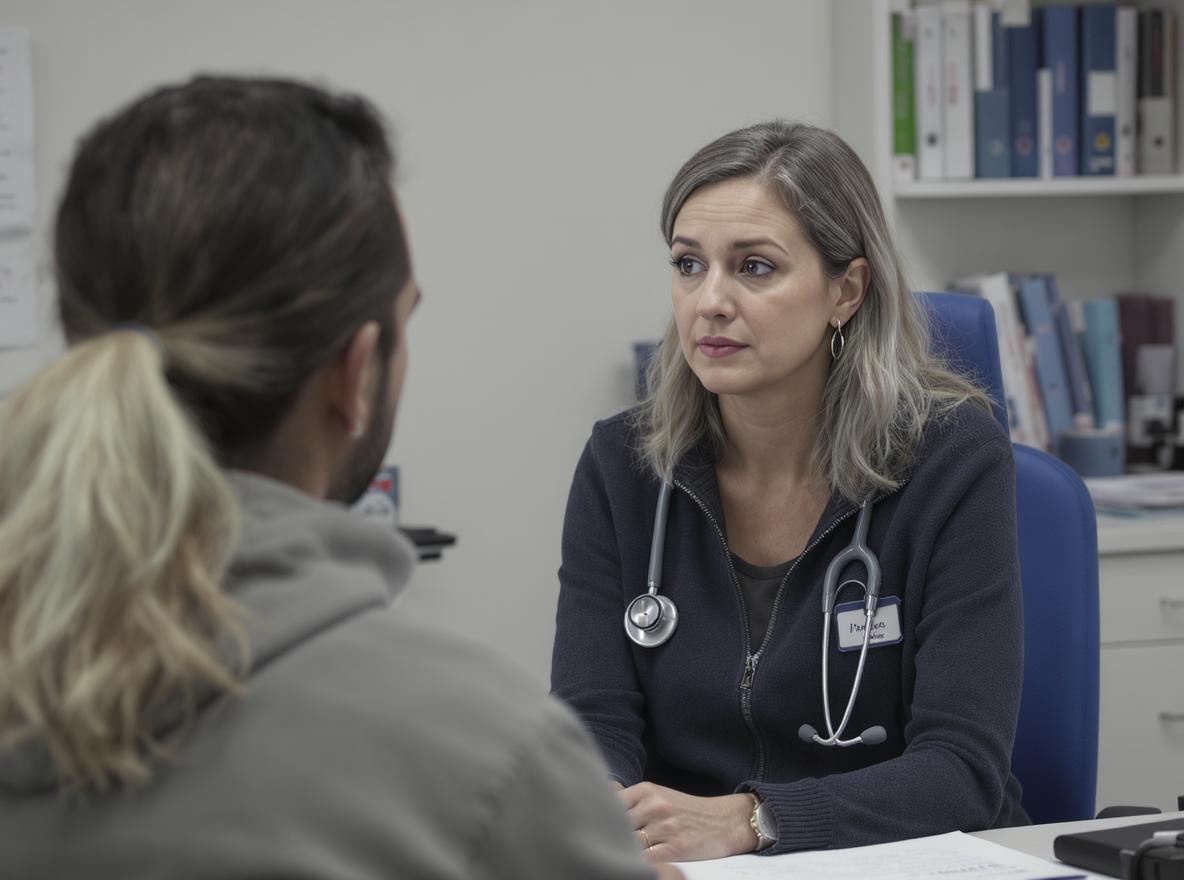Imagine experiencing a persistent cough or struggling for breath during daily activities. As a leading cause of death and disability, COPD significantly impacts quality of life, making awareness and effective management strategies crucial for those affected.

Understanding COPD
Chronic Obstructive Pulmonary Disease, commonly referred to as COPD, is a chronic inflammatory lung disease that obstructs airflow from the lungs. It is primarily caused by long-term exposure to irritating gases or particulate matter, most often from cigarette smoke. In understanding COPD, it's essential to recognize the two main conditions that are encompassed under this umbrella term: chronic bronchitis and emphysema.
- **Chronic Bronchitis** involves inflammation of the lining of the bronchial tubes, which carry air to and from the air sacs (alveoli) of the lungs.
- **Emphysema** is a condition in which the alveoli at the end of the smallest air passages (bronchioles) of the lungs are destroyed as a result of damaging exposure.
According to the Centers for Disease Control and Prevention (CDC), COPD is a leading cause of death and illness around the world, affecting 16 million Americans who have been diagnosed with this disease. Millions more may have COPD and not even know it. This high global prevalence makes understanding COPD all the more imperative for effective management.
Symptoms and Their Impact
The symptoms of COPD develop slowly, and people may not realize they are sick until the disease is quite advanced. Recognizing these symptoms early can make a significant difference. Common symptoms include:
- Shortness of breath, especially during physical activities.
- Wheezing, or a whistling sound when breathing.
- Chest tightness, which can be distressing and distinct from typical respiratory discomfort.
- Chronic cough that may produce mucus (sputum) that may be clear, white, yellow, or greenish.
- Frequent respiratory infections, due to weakened defenses in the lung.
- Lack of energy and fatigue, owing to reduced oxygen supply.
These symptoms can be varied and often overlap with those of other respiratory conditions. Thus, for individuals experiencing these symptoms, consulting a healthcare provider for accurate diagnosis and treatment is crucial.
COPD significantly impacts individuals' lives, notably restricting everyday activities due to breathlessness. The emotional and physical toll can lead to a decline in quality of life and psychological issues, including depression and anxiety. Socially, COPD can hinder a person's ability to participate in normal activities with friends and family, further exacerbating the emotional burden.
Effective Treatment Options
Management of COPD involves a comprehensive approach that includes medication, lifestyle changes, and, in some cases, surgery. The primary goal of treatment is to relieve symptoms, slow the progression of the disease, improve the overall quality of life, and reduce the risk of complications.
- **Medications**: These are used to treat symptoms and decrease the risk of complications.
- **Bronchodilators** help in opening the airways to make breathing easier.
- **Steroids** reduce inflammation of the airways.
- **Antibiotics** may be prescribed if there is an associated bacterial infection.
The American Lung Association highlights the importance of personalized treatment plans that best serve the patient’s individual needs.
- **Lifestyle Changes**: These can significantly impact the course of COPD.
- **Smoking cessation**: Stopping smoking is the most crucial step for individuals who smoke, as it can slow the progression of the disease.
- **Regular exercise** can strengthen respiratory muscles and improve cardiovascular health.
- **Nutrition**: Eating a balanced diet helps maintain overall health and provides the energy needed for daily activities.
- **Vaccinations**: Being vaccinated against flu and pneumonia can prevent infections that could worsen COPD.
- **Oxygen Therapy**: Some people with COPD may require oxygen therapy to help them breathe better. This therapy increases the amount of oxygen delivered to the lungs, improving symptom management.
- **Pulmonary Rehabilitation**: This is a structured program that includes exercise, education, and support, designed to benefit people with COPD. It aims to improve physical fitness and make it easier to live with COPD.
- **Surgical Options**: In severe cases, options like lung volume reduction surgery or lung transplants might be considered. These procedures can offer a lifeline for some when other treatments have done little to alleviate symptoms.
In a critical episode known as a COPD exacerbation, symptoms suddenly become much worse, necessitating immediate attention. The condition can be debilitating, and understanding how to manage these episodes effectively is vital. For more insights into these strategies, consider examining the Effective Strategies for COPD Exacerbation Treatment.
Managing COPD is a multifaceted challenge that requires a partnership between the patient and healthcare providers. By staying informed and proactive, people living with COPD can lead fulfilling lives even when dealing with this chronic condition.




